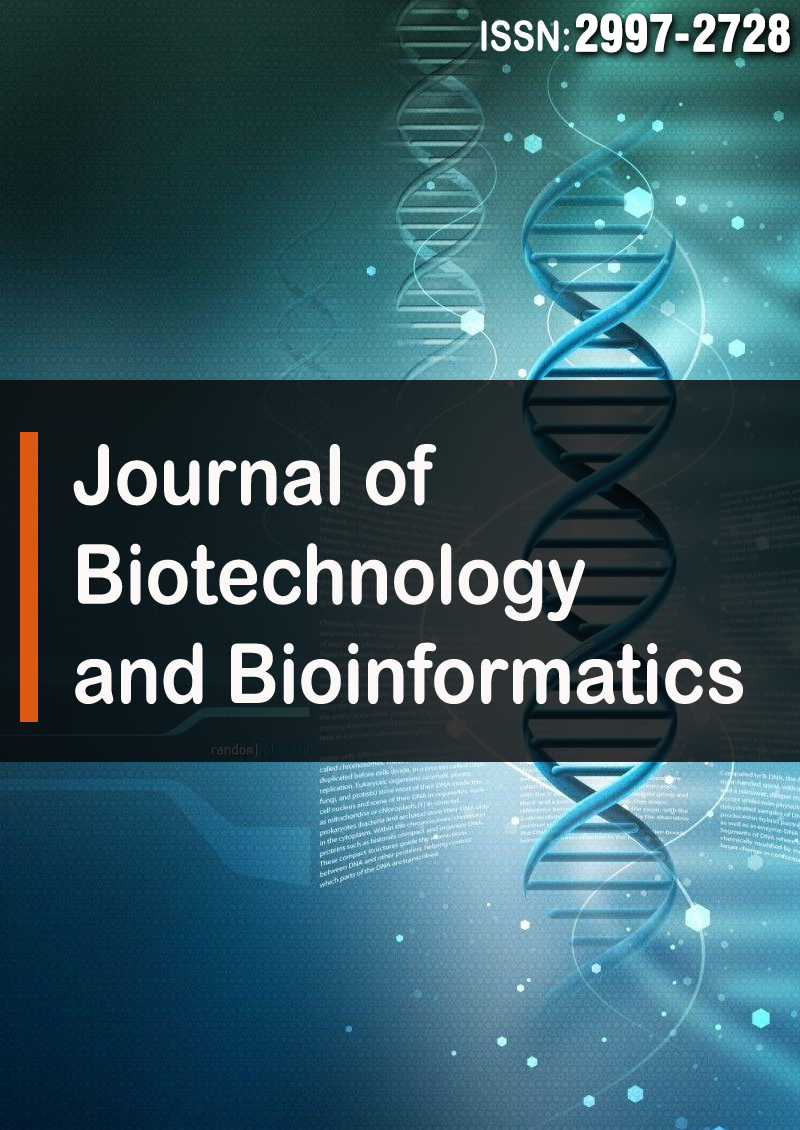Topological Evolution of Simple and Complex Organisms: A Graph-Based Simulation Study on Adaptability and Evolutionary Constraints
Abstract
Richard Murdoch Mongomery
This study aims to refine our understanding of evolutionary processes, particularly as they apply to complex organisms, using an innovative graph-based simulation approach. We model the topological evolution of simple (5-node ring graph) and complex (20-node dense random graph) organisms over 10 generations, applying different mutation rates to reflect biological realities. Our results provide intriguing insights into the potentially different evolutionary dynamics at play in simple versus complex organisms. While simple organisms demonstrate high topological flexibility and rapid adaptability, aligning with classical evolutionary models, complex organisms exhibit a surprising degree of structural stability. This stability persists even under mutation rates that would typically drive significant changes in simpler systems. The simulation highlights an important consideration: the intricate, interdependent networks characteristic of complex organisms may create a form of evolutionary buffering. This buffering could modulate the impact of random mutations and natural selection – processes that are cornerstones of evolutionary theory. Our findings suggest that the high degree of complexity in advanced life forms may necessitate a more nuanced view of how evolutionary processes operate across different levels of biological organization. Furthermore, the emergence of new structural motifs in simple organisms, contrasted with the relative conservation in complex topologies, indicates that evolutionary mechanisms may manifest differently across the spectrum of biological complexity. This observation invites a more detailed exploration of how evolutionary principles apply to diverse life forms. These results contribute to the ongoing refinement of evolutionary theory, especially in its application to complex organisms. They suggest that additional mechanisms, such as constrained mutations, epigenetic changes, or higher-order organizational principles, may play significant roles alongside random mutations and natural selection in the evolution of complex life forms.



